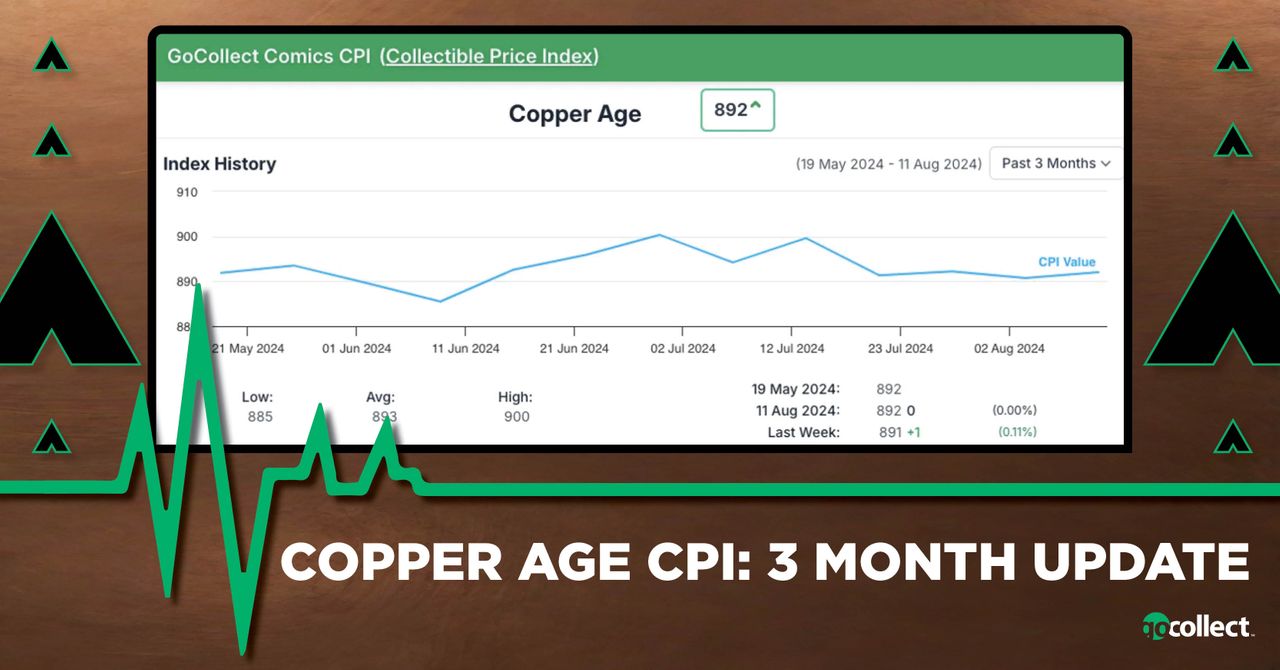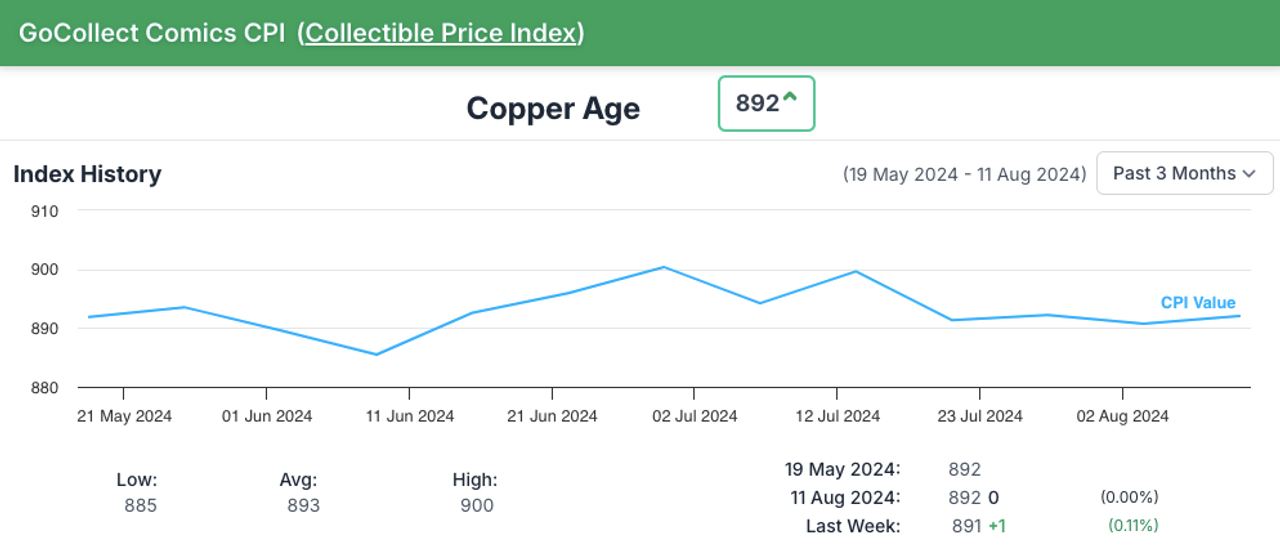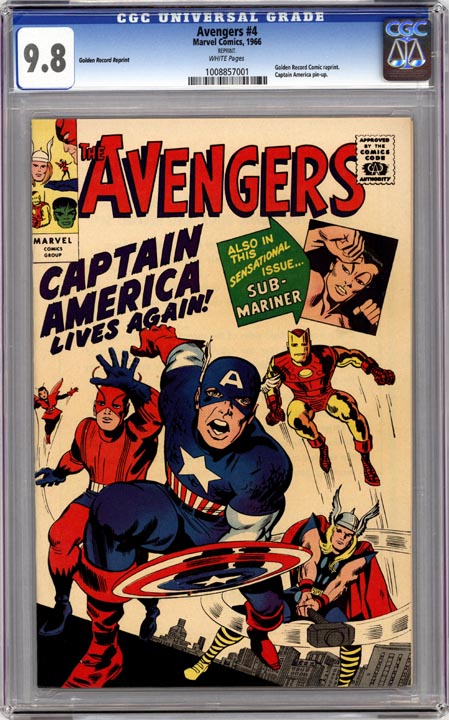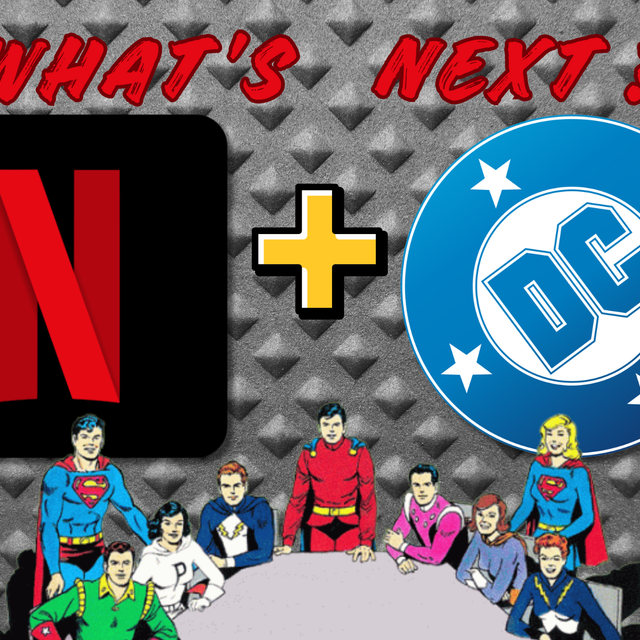Just as I do with the S&P500, NASDAQ and Dow Jones Industrial Average on a daily basis, I regularly check GoCollect's CPI to understand how the comic book market is doing at the 30,000 foot level (as opposed to looking at individual stocks or books). In the stock market, the story for the past two years has been about taming inflation and investments in AI. In the comic book market, the past two years has been about a long-running comic book bear market.
There may be some data in the CPI that suggests we have hit the trough. Can we see the light at the end of the tunnel?
The Copper Age CPI has flatlined over the past three months.
While the Copper Age CPI is down about sixteen percent over the past twelve months, we actually see evidence of a trend of moderation over the past six months. For instance the CPI is only down less than four percent over the past six months, and it is precisely flat over the past three (i.e., it is both 892 in May 2024 and today), and even marginally up over the past month. While this may not sound remarkable, it's actually somewhat unusual to see the CPI flatline over a three month period. At least it no longer looks like a falling knife. I've caught that falling knife a few times during the past few years and have regretted it!
TMNT and X-Men related key issues have propped up the Copper Age CPI over the past three months.
Due to the success of X-Men '97, it's not surprising that X-Men related key issues have helped prop up the Copper Age CPI. For instance, over the past three months, the value of X-Men Annual #14 (1st appearance of Gambit) climbed by 11% across seven CGC grades. Similarly, the value of Uncanny X-Men #244 (1st appearance of Jubilee) increased by over 4%.
While it's not clear to me what the catalyst was, TMNT-related key issues did well over the past three months. For example, the value of Teenage Mutant Ninja Turtles #2 has increased by 5% and Raphael, Teenage Mutant Ninja Turtle #1 has increased by nearly 8%.
A "soft landing" is in sight.
With the much talked about "soft landing" in sight, there could be reason to speculate that the flatlining above could indeed be the trough. The Federal Reserve is currently attempting to engineer a soft landing -- and it may actually succeed. In its effort to control inflation in recent years, it has raised interest rates, but without -- at least so far -- a recession. With Chairman Powell's closely watched Jackson Hole speech last week, the Federal Reserve will finally begin lowering interest rates while growth in the U.S. remains strong.
Soon consumers will be paying less on their mortgages, car loans, and credit card interest. That could likely translate into additional money that consumers could spend on discretionary purchases such as collectibles including comic books.










